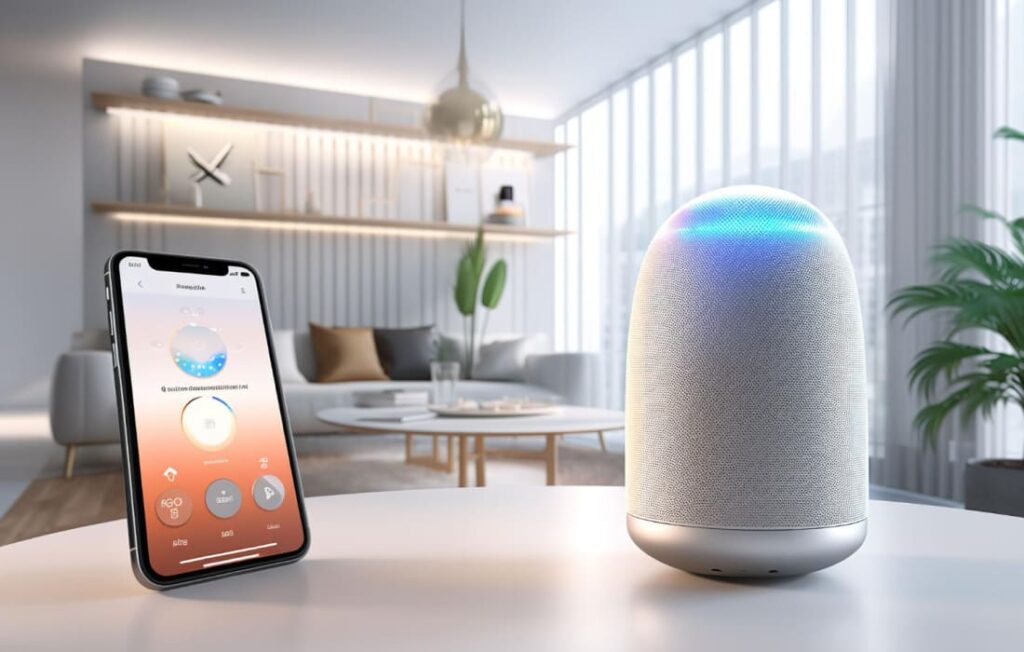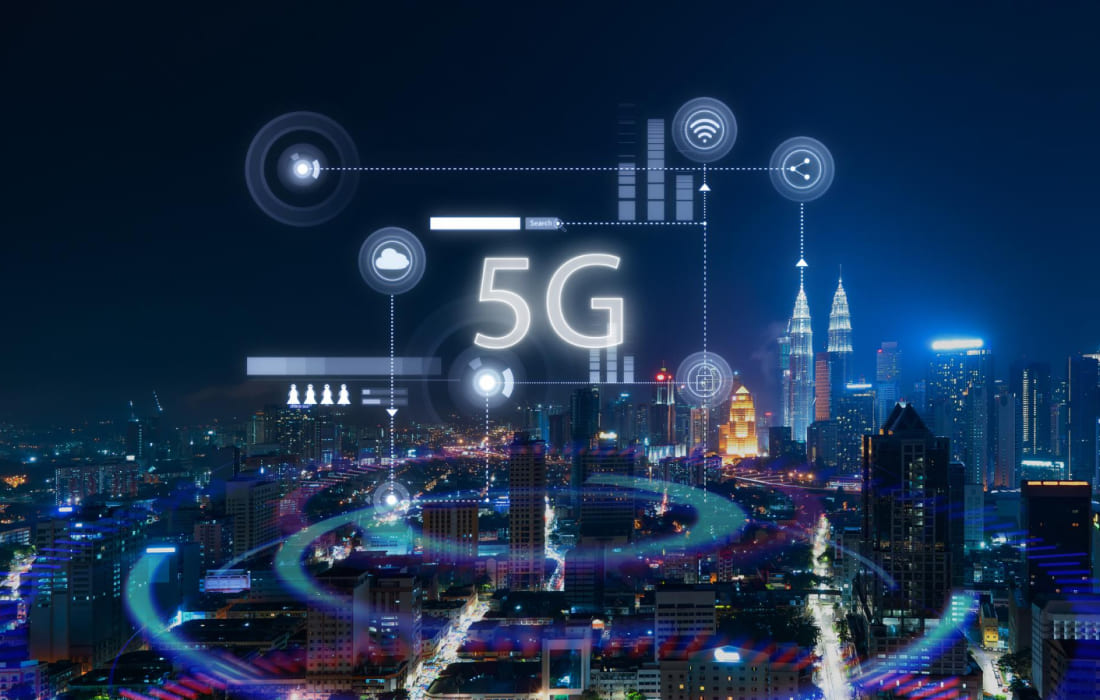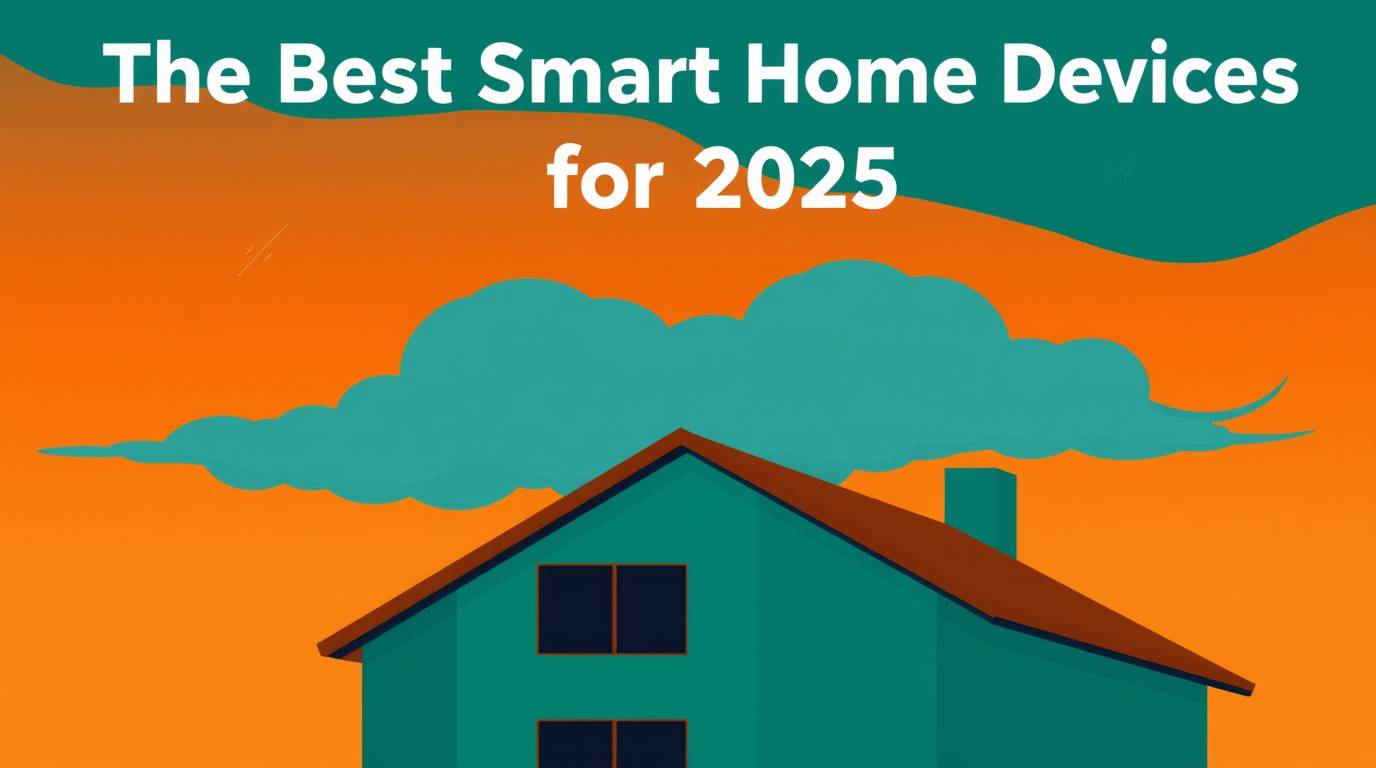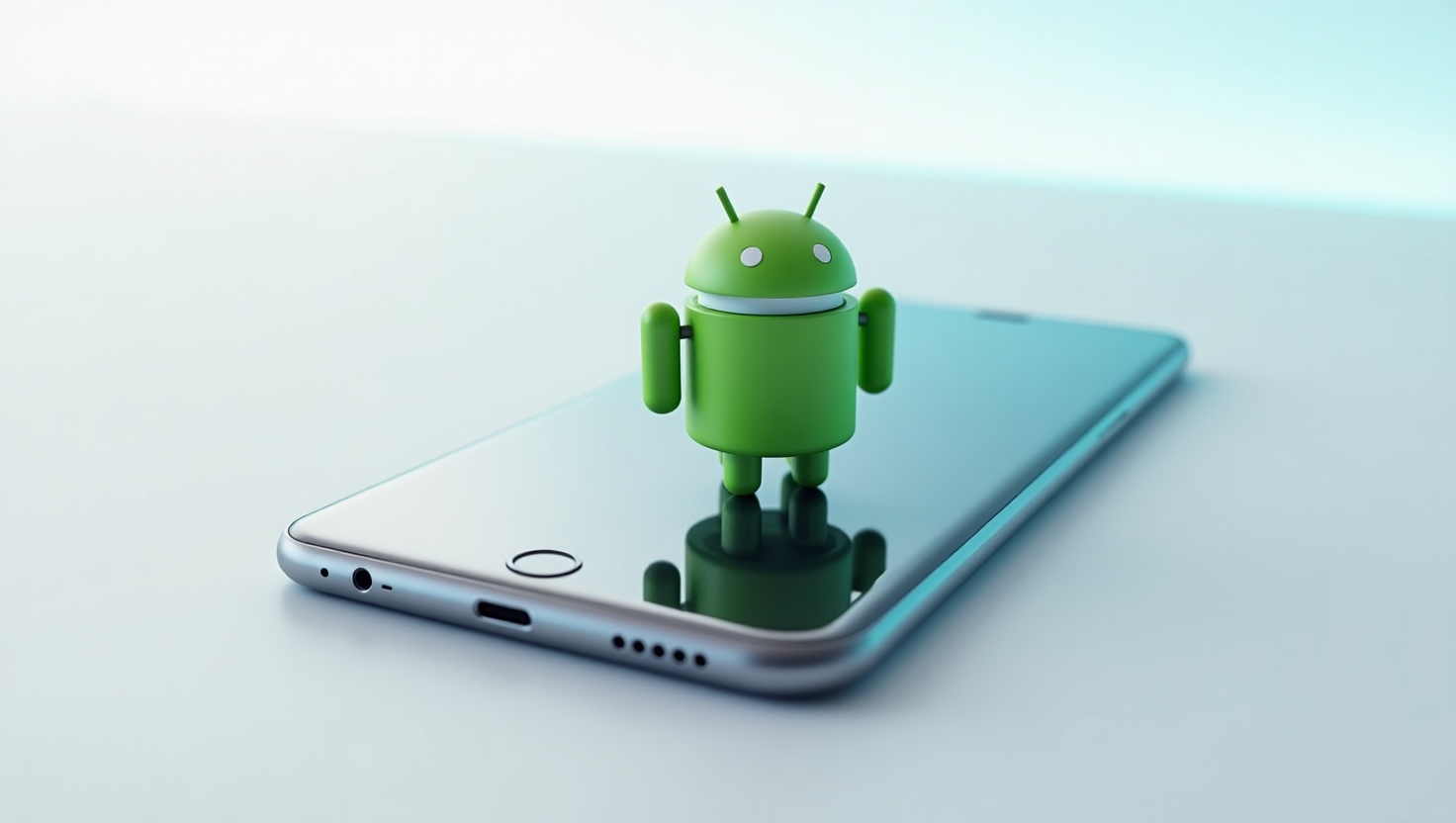2025 is shaping up to be a blockbuster year for gamers. With the Nintendo Switch 2 launching and heavyweights like DOOM: The Dark Ages and Elden Ring: Nightreign hitting shelves, the excitement is palpable. Whether you’re a fan of heart-pounding action, immersive RPGs, or family-friendly fun, this year’s lineup has something for everyone. Let’s dive into the most anticipated game releases of 2025 that are already creating waves online. Get ready to mark your calendars!
DOOM: The Dark Ages – A Brutal Medieval Massacre
Slated for May 15, 2025, DOOM: The Dark Ages takes the iconic franchise to a gritty, techno-medieval world. Imagine the Doom Slayer wielding a chainsaw-shield combo against demonic hordes. This game promises visceral combat, cyber-dragons, and a deeper look into the Slayer’s origins. According to GameSpot, it’s one of the biggest releases this month, blending classic gore with fresh lore.
Why the hype? The shift to a medieval aesthetic, paired with 4K visuals and 60 FPS on next-gen consoles, has fans buzzing. If you’re craving action, this Xbox and PS5 title is a must-play. Curious about its development? Check out GameSpot’s preview for more.
Elden Ring: Nightreign – Co-Op Chaos Awaits
FromSoftware’s Elden Ring: Nightreign, dropping May 30, 2025, is a co-op-focused spin-off that’s got RPG fans on edge. Picture this: you and two friends team up in a roguelike adventure, battling through dynamic worlds to face a final boss in just three in-game days. Screen Rant calls it one of 2025’s top RPGs, and X posts from users like @shinobi602 are already hyping its release.
The game’s innovative co-op mechanics and replayable structure make it a standout. Whether you play solo or with a squad, expect intense battles and FromSoftware’s signature challenge. Visit Screen Rant for a deeper dive into its features.
Mario Kart World – Nintendo’s Big Switch 2 Launch
Launching June 5, 2025, alongside the Nintendo Switch 2, Mario Kart World is set to redefine kart racing. This title promises vibrant tracks, new characters, and enhanced visuals at higher resolutions. IGN highlights it as a flagship title for Nintendo’s new console, with upgraded versions of The Legend of Zelda classics launching the same day.
Families and casual gamers will love its accessibility, while hardcore fans can’t wait for the competitive edge. The Switch 2’s arrival is a global event, and Mario Kart World is its crown jewel. Learn more at IGN’s 2025 preview.
Death Stranding 2: On the Beach – Kojima’s Next Masterpiece
Hideo Kojima’s Death Stranding 2: On the Beach is a PS5 exclusive hitting in 2025, and it’s already a hot topic. Expect a cinematic story, bizarre gameplay, and stunning visuals. Push Square notes its intense combat across land, sea, and air, with a narrative that digs deeper into a dystopian world.
Kojima’s unique vision always sparks debate, but fans on X, like @IGN, are calling it a must-play. If you love story-driven adventures, this one’s for you. Explore its trailer breakdown at Push Square.
Baby Steps – The Indie Sleeper Hit
Don’t sleep on Baby Steps, an indie gem slated for 2025. Former PlayStation exec Shuhei Yoshida called it his most anticipated indie at Gamescom Latam, per Game Rant. Its quirky premise—learning to walk as a bumbling character—pairs hilarious physics with heartfelt moments. Think Getting Over It meets Gang Beasts.
This game’s charm lies in its humor and unconventional gameplay. It’s perfect for gamers seeking something fresh. Read Yoshida’s take at Game Rant.
Why 2025 Is a Game-Changer for Gamers
The gaming landscape in 2025 is electric. The Nintendo Switch 2’s launch, paired with cross-platform giants like Metal Gear Solid Delta and Fable, ensures variety. Analytics Insight predicts record-breaking sales for titles like Clair Obscur: Expedition 33, a surreal RPG gaining traction for its art style. Meanwhile, Xbox Game Pass is stacking up with Towerborne and MotoGP 25, per Meristation.
What’s driving the buzz? Innovative gameplay, next-gen tech, and the return of beloved franchises. Posts on X reflect this excitement, with fans sharing wishlists for PS Plus titles like The Last of Us Part II. Stay updated with Meristation’s Game Pass guide.
Get Ready to Play
2025’s game releases are poised to dominate headlines. From the brutal chaos of DOOM: The Dark Ages to the whimsical fun of Mario Kart World, there’s a title for every gamer. Keep an eye on these dates, grab your controller, and join the global gaming frenzy. Which game are you most excited for? Share your thoughts on X and let’s get the conversation rolling!











